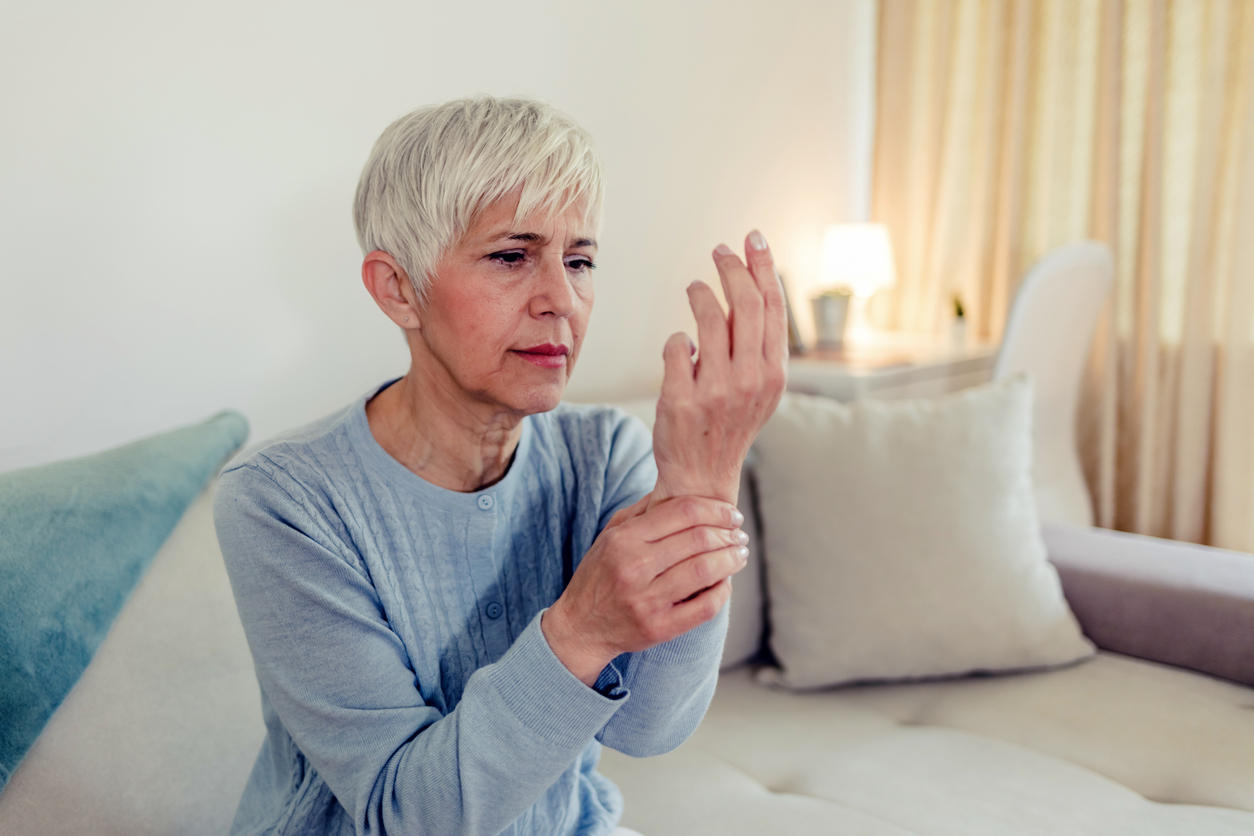Bare Bones: Do You Know The Essentials About Osteoporosis?
June 21, 2023

Despite being classified as one of the 4 most dangerous health issues facing us today, and despite the fact that each year, 2 million broken bones are attributable to it, there’s still a lot of mystery and misunderstanding among older adults about osteoporosis. In fact, in a recent study of postmenopausal women (the population most at risk for osteoporosis due to hormonal changes during menopause), large groups of older women in China misunderstood or underestimated the seriousness of the diagnosis. In fact, women experience osteoporosis at 4 times the rate of men yet many are under the wrong impression that it’s not a big deal or of less concern than heart disease. But to the 10 million Americans who suffer from osteoporosis, the disease and its consequences are all too real and damaging.
As a reminder, your bones are living tissue influenced by your hormones as well as your intake of vitamins and minerals. Your bone mass and density peaks in your 30s, and subsequently, you begin to lose more bone than you can regrow, thereby leaving you at risk for osteopenia or the more serious diagnosis, osteoporosis. Osteoporosis is considered a “silent disease” because an individual is rarely aware of having it- with no real symptoms- until a fracture or break may shine a light on what’s going on. A diagnosis of osteoporosis means your bones are growing weaker and you have progressive bone loss. There is no cure or ability to reverse this process, but there are ways to slow it down and allow your bones to become more dense. Diagnosing osteoporosis usually depends on the stage of the condition. Besides being an older, post-menopausal woman, what other things put you at risk for osteoporosis? If you have a slim build, a family history, are a smoker, or have low levels of calcium or vitamin D in your diet, you may also be at risk. If you’ve had no pre-existing history of fractures, it’s recommended that women begin to be tested for osteoporosis at age 65 and men at age 70. Testing is crucial to confirm and address osteoporosis, especially because symptoms may not appear until late in the disease process. The least invasive and most common test for osteoporosis is the DEXA/DXA test which uses low-level X-ray technology to scan your skeleton specifically at areas most likely to be experiencing bone loss, such as your spine or hips.
Lifestyle and medications can significantly help slow down bone loss or help with regrowth for those with osteoporosis. Regarding non-medication approaches, there exist a number of diet modifications, including foods containing or fortified with calcium and vitamin D, such as dairy, vegetables, poultry, fish, nuts, and whole grains. As with other aging conditions, it’s also recommended that you limit or eliminate alcohol consumption and smoking. Exercise is also essential to maintaining and strengthening bone density (and helping you avoid injurious falls), though because of the risk of fractures, some exercises may not be advantageous and in fact, may put you at risk. A mix of exercises is recommended to respond to osteoporosis, including resistance training, balance training, core stabilizing exercises, cardiovascular conditioning, and weight-bearing exercises such as walking or jogging. Depending on the severity of the diagnosis, it’s probably best not to engage in contact sports or high-impact sports that could put you at risk for fractures, such as skiing, soccer, or horseback riding. If you have osteoporosis in your spine, you may need to avoid exercises that involve flexing or bending the spine, so as to lessen the risk of a spinal fracture. For some ideas of how to keep your spine safe while also engaging in valuable weight-bearing or resistance exercise, stand up straight and click here.
There also exist an array of medications and other therapies that can be helpful in slowing the progression of the disease and fortifying your bones. Depending upon your specific situation there may be benefits and burdens to each of these options and it’s something you and your physician should discuss. For a detailed list of the benefits and burdens of different treatment options, grab a glass of milk and read here and here







